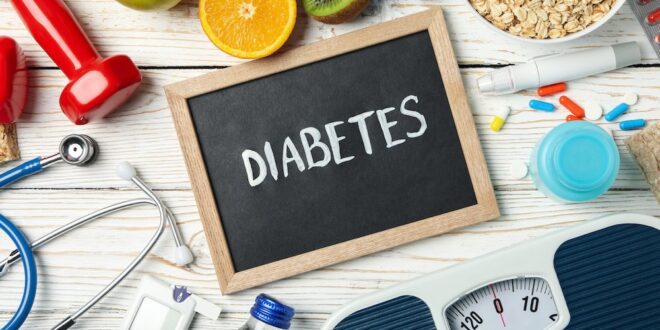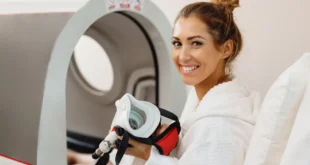Table of Contents
Diabetes – Symptoms and treatment
Diabetes is comparatively a new generation disease as the name is familiar only in recent years. It is characterized by abnormal blood sugar levels. The blood can be tested before or after the meals or take a random value. Normal values are already known to be compared with the result. But a single value of high sugar levels in the blood may not be taken as a diagnostic feature of diabetes. Uncontrollably high blood sugar levels despite diet restrictions and lifestyle changes are taken as sure cases of diabetes and started with medication. It is categorized in the comparatively newer set of diseases called lifestyle diseases by scholars. It was not so common among earlier generations. Many people may be having the disease but the condition may not be diagnosed due to a lack of laboratory facilities. Nowadays people get diagnosed with diabetes in the mid-thirties or forties mainly due to urban unhealthy eating habits and sedentary lifestyles. Some years ago, diabetes was considered a disease of obese people but now we know that it affects all kinds of people. Even kids are diagnosed with hereditary diabetic conditions. They are not treatable and they need lifelong artificial insulin as a supplement. Diabetes is a long-term condition that needs a regular check-up and medication.
Diabetes is broadly classified into two. Type 1 (juvenile) and type 2 (adult diabetes).
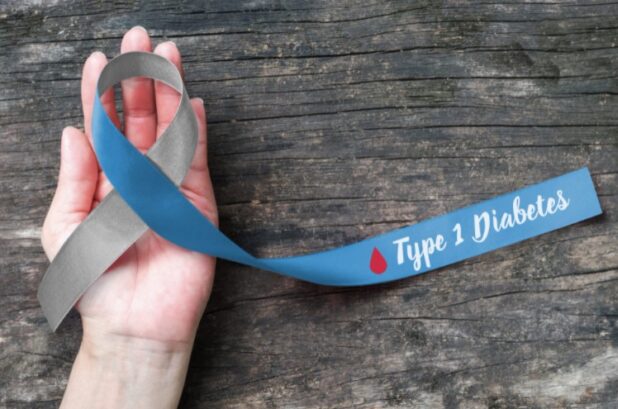
Type 1 diabetes or juvenile diabetes is a hereditary condition where the cells of the pancreas producing insulin are affected. It is considered an autoimmune disease by experts. Both genetic and environmental factors play a role in the manifestation of this disease. Here, insulin production is completely in trouble and only an external supply of insulin can help the child. In most cases, this type of diabetes is diagnosed in childhood or early years of adolescence.
Type 2 diabetes or adult diabetes develops mostly after thirty years of age. It is manifested by risk factors including both genetic and lifestyles. Unlike type 1, type 2 diabetic people produce enough insulin but it is not used by the body cells efficiently. Many people with type 2 diabetes produce more insulin than needed. But the cells in the body can not receive and process it appropriately. Mostly muscle and fat cells behave in such a wrong manner causing the clinical manifestation of diabetes 2. In other words, type 2 diabetes is not a condition with a lack of insulin but insulin resistance.
Signs and symptoms
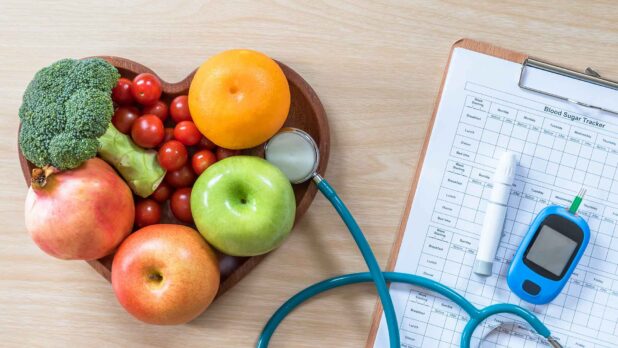
Many of the signs and symptoms are common in both types of diabetes. The triad in diabetes is called polyphagia, polyuria, and polydipsia. It means the characteristic three symptoms of excessive eating, excessive sweating, and excessive urination. Other common signs include more frequent urination, uncontrollable and excessive thirst, recent weight loss despite excessive hunger and food intake, visual problems, dry skin and numbness of extremities, feeling weak and tired almost all the time, and in some people, non-healing wounds & ulcers. Some people gain weight in the beginning stage of diabetes but lose it later. In some cases, numbness in the extremities is also present. Differential diagnosis of type 1 and type2 diabetes mostly depends upon clinical examination and investigations, mainly considering the age of the patient.
Type 1 diabetes shows signs like:
- Excessive thirst
- Increased frequency of urination
- A sudden habit of bedwetting in older children
- Excessive hunger and craving for some food items
- Weight loss
- Vision problems
- Severe weakness or lethargy
- Restlessness and irritability
- Abnormal and sudden mood changes
Type 2 diabetes in adults can be traced by signs like:
- Excessive thirst and frequent urination
- More quantity of urine
- Excess hunger and at times craving for sweet taste
- Severe tiredness
- Wounds or rashes that take more time to heal
- More prone to infections
- Visual problems
Treatment of diabetes
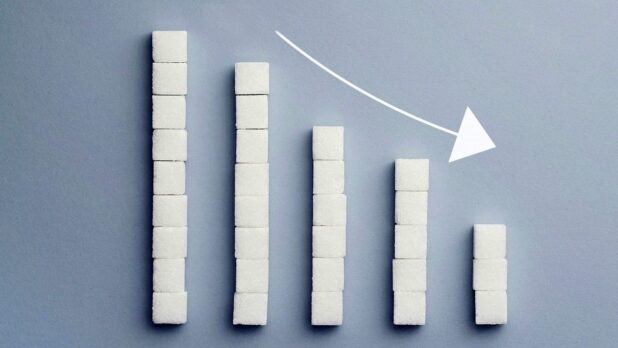
Treatment for diabetes aims at lowering diabetes blood sugar levels and avoiding complications. Type 1 diabetes patients are given insulin injections for a lifetime. This is intended to replace or supplement it their body cannot produce. Type 2 diabetes often needs the management of underlying conditions like obesity or hormone imbalances. The common protocol includes diet and lifestyle modifications, regular exercises, medications like metformin or insulin injection.
Ayurvedic way of management of diabetes
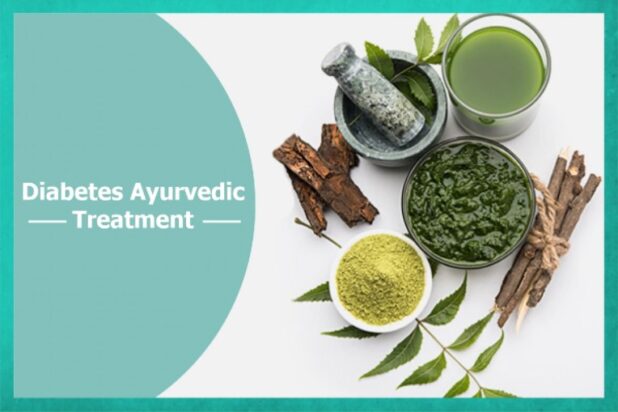
In many situations, diabetes is correlated with the disease Prameha mentioned in the Ayurvedic texts. The main symptom being Polyuria, Prameha shares the clinical manifestation of diabetes to an extent. But in a total sense, conditions of Aama, kleda, Kapha-medo dushti, and Prameha should be understood as diabetes. Also, there are different types based on the predominant doshas like Kapha pitta or Vaata. Management is different in each dosha. For example, taking a hot spicy and pungent diet will make the Pitta prameha worse than taking sweets.
So analyzing the patient in detail is very important. Ayurvedaforall will not prescribe a medicine for a simple high blood sugar value. It needs a tenfold examination system, to know the details of the patient & disease, Only after considering minute details like the patient’s favorite taste, sleep schedule, etc. the physician finds his body constitution and disease condition. Then only medicines and therapies are advised. Diet modifications based on body constitution along with adapting the patient into a healthy daily routine & lifestyle is a very important step in the treatment. Mental stress should be dealt with extreme care, as it can cause the blood sugar levels to shoot up.

Internal medicines will be decided based on the condition. If Aama or undigested & toxic waste products are present in the system, measures to remove them from the body are given first. In Kleda or excess fluids in the body, Rookshana(drying up) therapies are done. In case, the digestion & absorption is defective, causing the normal sugar metabolism to be defective, medicines are given to enhance Agni(digestion). Like this, there is no single medicine for long-term usage for diabetes in Ayurveda. Regular follow-up and close watch are mandatory. Yet, some medicines like Nisakatakadi kashayam, Katakakhadiradi kashayam and Chandraprabha vati are used widely in Prameha. Most Ayurveda panchakarma or Cleansing therapies are contraindicated in Prameha. So, blind administration of oil massage or steam should not be done in them. Diabetes is a syndrome with many symptoms and complications possible. Each stage is different and needs proper evaluation and appropriate medicines & therapies.
 World Magazine 2024
World Magazine 2024
